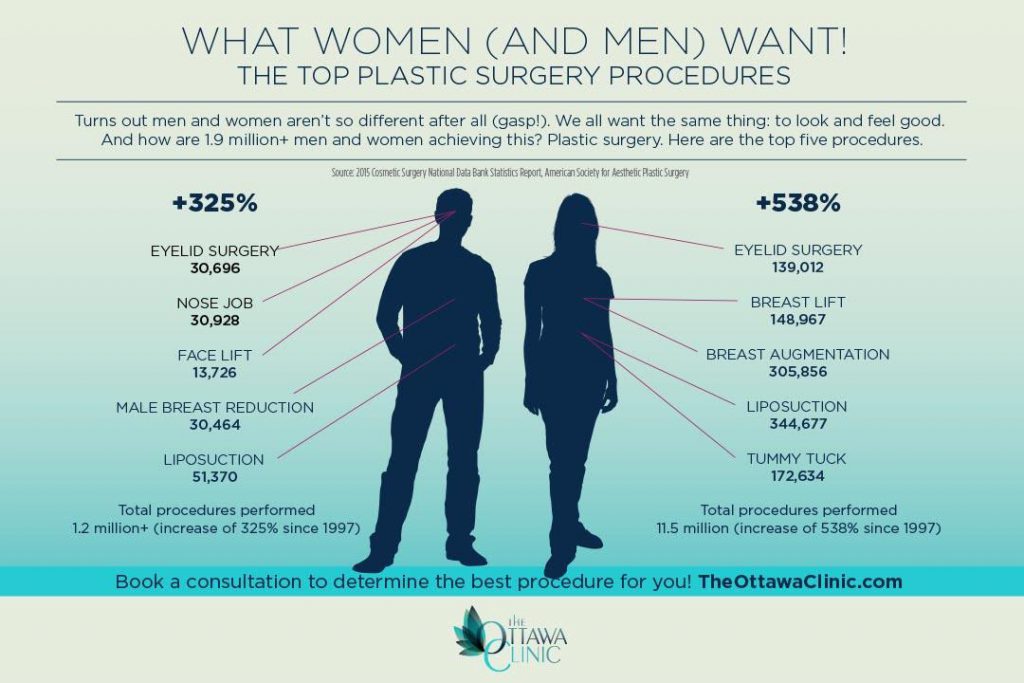At Home Devices For Acne
At Home Devices For Acne
Blog Article
Hormone Acne - What is Hormonal Acne?
Hormonal acne is identified by clogged up pores and oily skin that commonly shows up on the chin and jawline. It occurs when hormone modifications set off inflammation and microbial overgrowth within hair follicles.
Outbreaks might look like whiteheads, blackheads, papules or pustules and cysts or blemishes in extra extreme instances. It is extra usual in teens experiencing puberty but can affect adults of any age.
What Causes Hormonal Acne?
While acne can be caused by a variety of factors, including making use of hair and skin treatment items that aren't oil-free or made with active ingredients that can obstruct pores, hereditary proneness, diet regimen,2 and stress and anxiety, the origin is rising and fall hormonal agents. Hormone acne takes place when the body experiences hormone modifications and changes that result in an overproduction of sebum, which triggers inflammation, increased growth of bacteria and changes in skin cell task.
Hormone acne is commonly located on the lower jawline, cheeks and neck however can appear anywhere on the body. It is characterized by blemishes that are cystic, painful and filled with pus or various other product. It is likewise most likely to happen in women than males, specifically throughout the age of puberty, the menstruation, pregnancy or menopause.
Age
While numerous kids experience acne at some point throughout the age of puberty, it can remain to afflict grownups well into adulthood. Known as hormone acne, this type of breakout is tied to fluctuations in hormonal agents and is normally most typical in ladies.
Hormonal acne takes place when oil glands create excessive sebum, which clogs pores and catches dead skin cells. This causes the formation of blemishes, such as whiteheads, blackheads and papules, pustules, cysts or nodules, deep under the surface area.
This kind of blemish frequently causes discomfort, soreness and swelling. It might also be cyclical and appear around the iv therapy same time every month, such as right before your period begins. This is since levels of female hormonal agents like progesterone and oestrogen change with each menstrual cycle.
Menstrual Cycle
Hormone acne normally shows up in the lower part of your face, along the jawline and cheeks, as whiteheads, blackheads or inflammatory acnes (acnes and cysts). It's most likely to show up around the moment when your menstrual cycle changes.
Specifically around ovulation, when estrogen and progesterone levels get on the increase, hormone fluctuations can create breakouts. But it's additionally possible to get acne at any kind of point throughout your 28-day menstruation.
If you discover that your hormone acne flares up right before your period, attempt seeing when exactly this takes place and see if it relates to the stages of your 28-day menstrual cycle. This will help you pinpoint the origin of your skin difficulties. For instance, you may intend to deal with stabilizing your blood glucose and cutting out high-sugar foods, or take into consideration a prescription medication like spironolactone that can manage your hormones.
Pregnancy
Expanding a baby is a time of significant hormonal adjustments. For numerous females, this includes a flare-up of hormone acne. This kind of breakout normally begins in the very first trimester, around week six. It's brought on by hormone rises that stimulate sweat glands to make more oil, which can block pores and cause even more microorganisms to develop.
Outbreaks might likewise take place as a result of pre-existing conditions like polycystic ovary disorder, which can also be a problem during pregnancy and menopause. Likewise, some types of contraceptive pill (such as Ortho Tri-Cyclen and YAZ) can cause hormonal acne in some females.
Fortunately, the majority of acne treatments are "no-go" for expectant women (consisting of preferred acne-fighting components such as isotretinoin and spironolactone). Yet if you can't prevent those irritating bumps, your medical professional may suggest oral erythromycin or cephalexin, which are secure during pregnancy.
Menopause
As ladies approach menopause, the estrogen levels that created their hormone acne to flare up throughout puberty start to maintain and decrease. At the same time, nevertheless, a spike in androgens (additionally referred to as male hormonal agents) takes place because these hormonal agents can not be converted into estrogen as successfully as before.
The extra of androgens can activate oil production by the sebaceous glands, which blocks pores. When the clogged up pores become irritated and aggravated, a pimple types.
Hormone acne is commonly seen on the face, particularly around the chin and jawline, however it can take place on the neck, back, shoulders, or chest. This kind of acne often tends to flare in a cyclical pattern, similar to the menstruation. Stress, which enhances cortisol and tosses hormonal agents out of equilibrium, also contributes to the outbreaks.